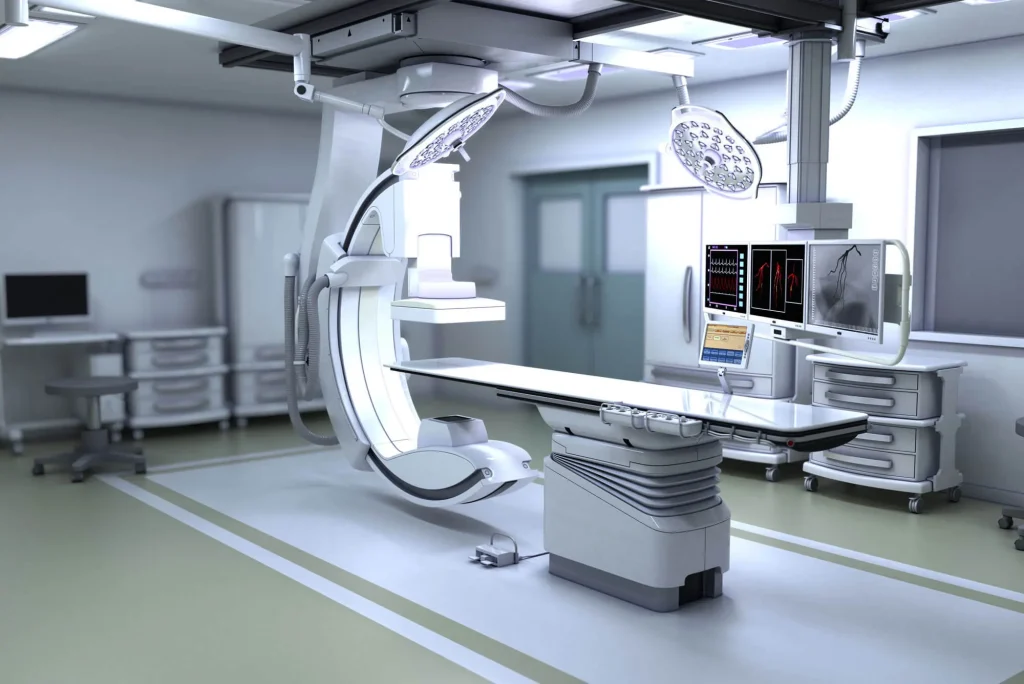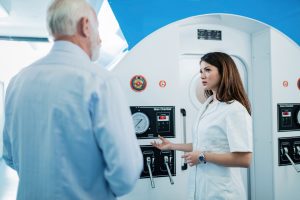Radiology is undergoing a dramatic transformation as digital innovations redefine how medical imaging is performed, analyzed, and applied in patient care. What was once a field dominated by analog film and manual interpretation is now a dynamic arena of technological breakthroughs, offering unprecedented accuracy, efficiency, and insight.
The Shift from Analog to Digital Imaging
The transition from traditional film-based imaging to digital radiography has been one of the most significant changes in modern medicine. Digital imaging systems not only provide sharper, more detailed images but also streamline the entire diagnostic process. These systems allow radiologists to enhance image quality through sophisticated software tools, leading to more accurate diagnoses and reducing the need for repeat exposures.
Artificial Intelligence and Machine Learning in Diagnostics
One of the most exciting advancements is the integration of artificial intelligence (AI) into radiology. Machine learning algorithms can now analyze vast amounts of imaging data with remarkable speed and precision. These tools assist radiologists by:
- Detecting anomalies that may be too subtle for the human eye.
- Prioritizing cases based on urgency.
- Reducing diagnostic errors by providing a second layer of analysis.
The result is a boost in diagnostic confidence and a more efficient workflow that can handle increasing patient volumes without compromising quality.
Enhanced Data Integration and Workflow Efficiency
Digital radiology platforms are transforming how data is stored, shared, and analyzed. Modern imaging systems integrate seamlessly with electronic health records (EHRs), allowing for quick access to patient histories and previous imaging studies. This integration facilitates the following:
- Faster decision-making as all relevant patient data is available at a glance.
- Enhanced collaboration among healthcare providers, leading to more coordinated care.
- Improved patient outcomes, as comprehensive data enables tailored treatment plans.
Moreover, cloud-based solutions enable radiologists to access imaging studies from anywhere, supporting remote consultations and telemedicine practices—a feature that has become invaluable during global health challenges.
The Role of Advanced Imaging Techniques
Digital innovations have spurred the development of advanced imaging techniques that push the boundaries of what traditional radiology could achieve. For instance:
- 3D Imaging and Reconstruction: These technologies provide a more detailed view of complex anatomical structures, aiding in surgical planning and improved treatment accuracy.
- Functional Imaging: Techniques that capture physiological processes, such as blood flow and metabolic activity, offer deeper insights into disease progression and treatment responses.
- Contrast-Enhanced Imaging: Digital systems can better highlight differences in tissue composition, helping to identify abnormalities with greater precision.
These innovations not only enhance the quality of diagnostic images but also open new avenues for research and personalized medicine.
Embracing the Future: Tele-Radiology and Beyond
Digital transformation in radiology is not just about enhancing current practices—it’s also paving the way for entirely new models of care. Tele-radiology, where radiologists provide remote consultations and diagnoses, is rapidly growing. This approach bridges geographical gaps, ensuring that even patients in remote or underserved areas receive expert diagnostic services.
Emerging technologies such as quantum imaging and augmented reality could further revolutionize radiology. These innovations promise to offer even more detailed visualizations and interactive diagnostic tools that could redefine how clinicians interpret complex imaging studies.
Conclusion
The digital revolution in radiology is more than just an upgrade in technology; it is a paradigm shift that is transforming every aspect of medical imaging. From the precision of AI-enhanced diagnostics to the streamlined workflows enabled by digital data integration, these innovations are setting new standards in patient care. As the field continues to evolve, radiologists and healthcare providers are better equipped than ever to diagnose, treat, and manage diseases with speed and accuracy, ultimately leading to improved outcomes and a brighter future for medicine.
In this exciting era of digital transformation, the world of radiology stands as a testament to how technology can enhance human expertise, driving forward a new age of medical excellence.




